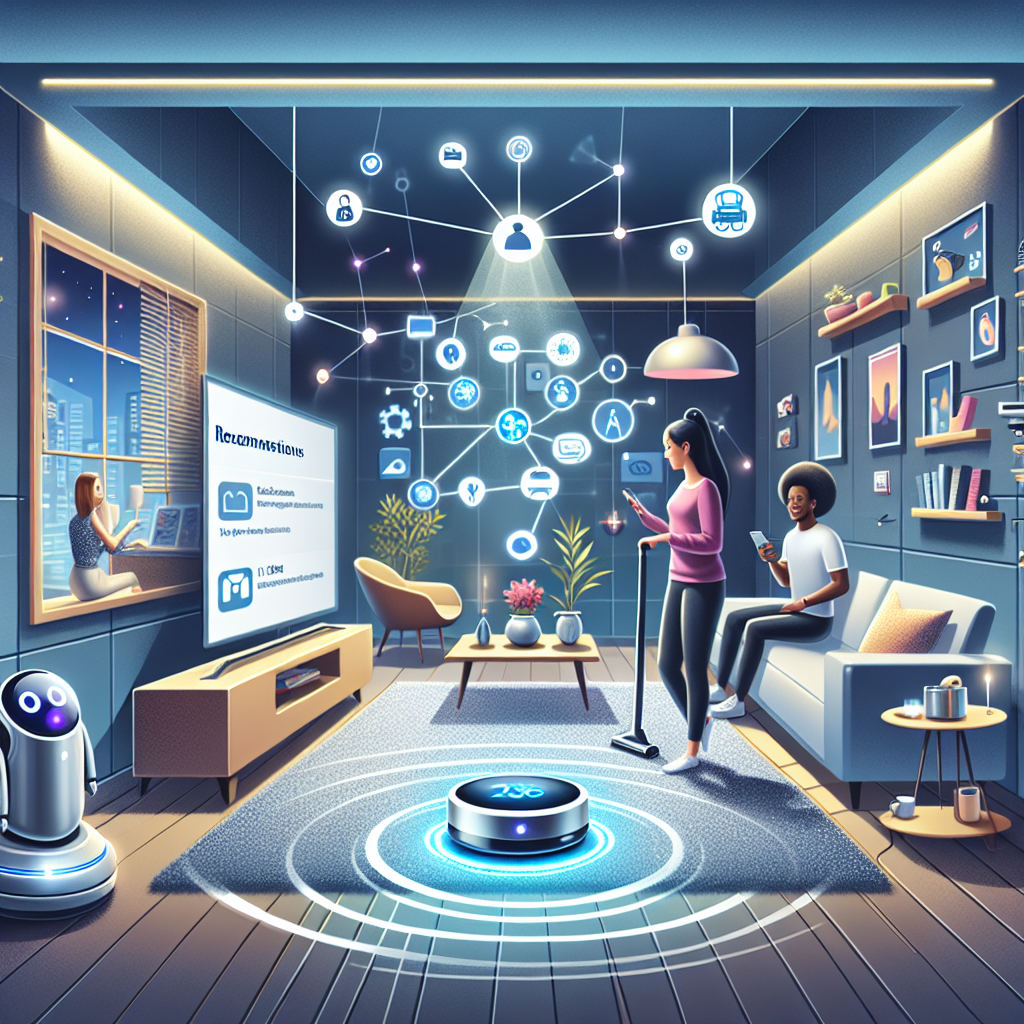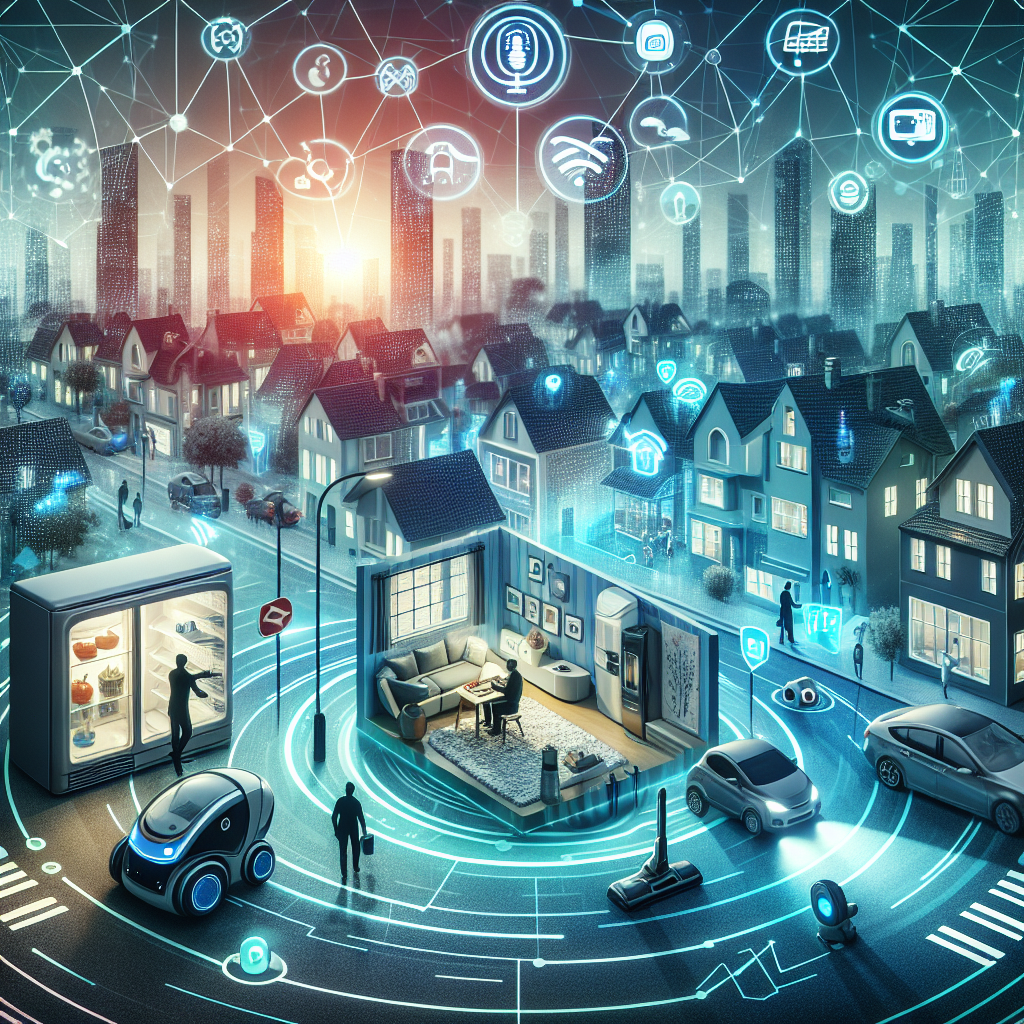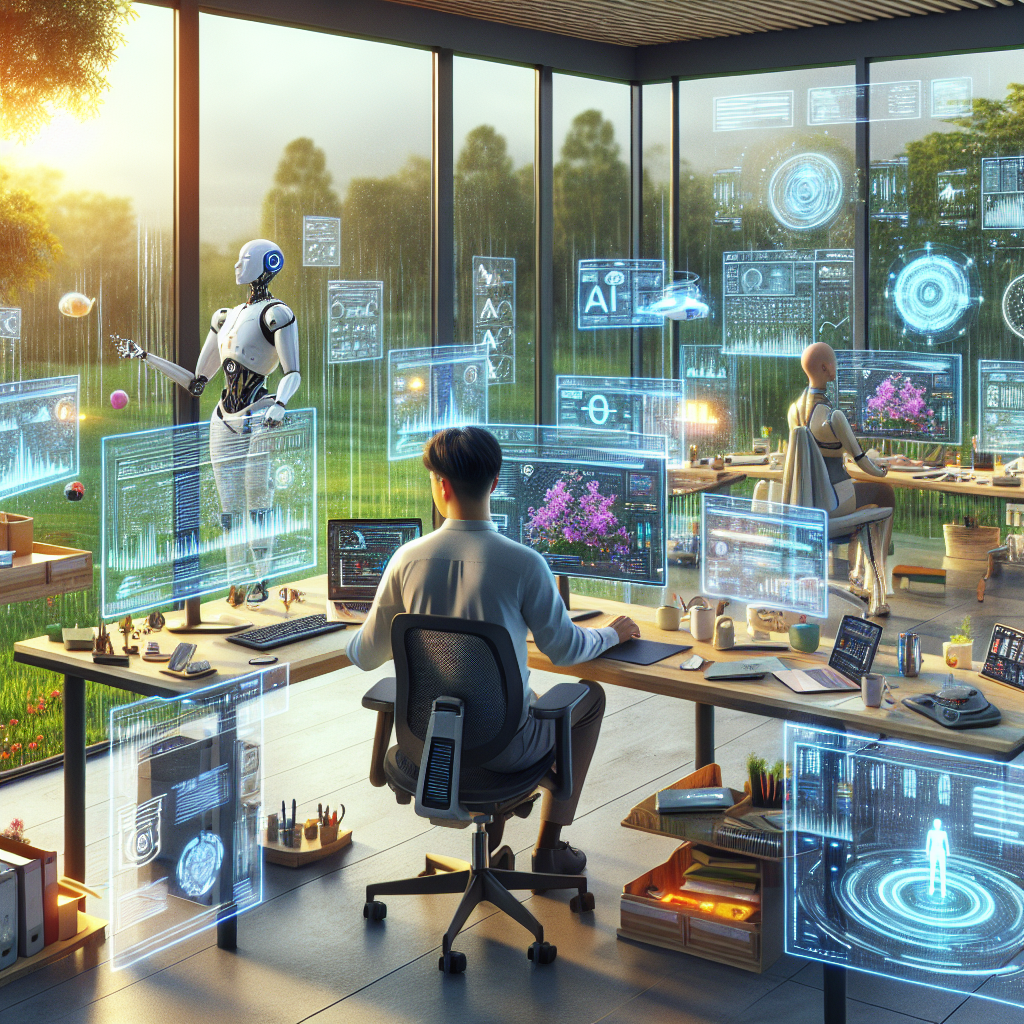-
Table of Contents
- Internet of Things (IoT): Welcome to the Smart Life
- What is the Internet of Things?
- Smart Homes: Convenience at Your Fingertips
- Wearable Technology: Health and Fitness Monitoring
- Industrial IoT (IIoT): Transforming Manufacturing and Logistics
- Smart Cities: Enhancing Urban Living
- Challenges and Concerns
- The Future of IoT
- Conclusion
Internet of Things (IoT): Welcome to the Smart Life

The Internet of Things (IoT) is revolutionizing the way we live, work, and interact with the world around us. By connecting everyday devices to the internet, IoT enables smarter decision-making, increased efficiency, and enhanced convenience. From smart homes and wearable technology to industrial automation and smart cities, IoT is at the heart of the digital transformation shaping our future.
What is the Internet of Things?
The Internet of Things refers to a network of physical objects—“things”—embedded with sensors, software, and other technologies that enable them to connect and exchange data with other devices and systems over the internet. These devices range from ordinary household items like refrigerators and thermostats to sophisticated industrial tools and machinery.
According to Statista, the number of connected IoT devices worldwide is expected to reach over 29 billion by 2030, up from 15.1 billion in 2020. This explosive growth is driven by advancements in wireless communication, cloud computing, and data analytics.
Smart Homes: Convenience at Your Fingertips
One of the most visible applications of IoT is in smart homes. Devices such as smart thermostats, lighting systems, security cameras, and voice assistants like Amazon Alexa or Google Assistant allow homeowners to control their environment remotely and efficiently.
For example, a smart thermostat can learn your daily routine and adjust the temperature accordingly, saving energy and reducing utility bills. Smart security systems can send real-time alerts to your smartphone if unusual activity is detected, providing peace of mind whether you’re at home or away.
Wearable Technology: Health and Fitness Monitoring
Wearable devices like fitness trackers and smartwatches are another popular application of IoT. These gadgets monitor vital signs such as heart rate, sleep patterns, and physical activity, providing users with valuable insights into their health and wellness.
In the healthcare sector, IoT-enabled devices can remotely monitor patients with chronic conditions, reducing the need for frequent hospital visits. For instance, a connected glucose monitor can alert diabetic patients and their doctors in real-time if blood sugar levels fall outside the safe range.
Industrial IoT (IIoT): Transforming Manufacturing and Logistics
In the industrial sector, IoT is often referred to as the Industrial Internet of Things (IIoT). It involves the use of connected sensors and devices to monitor and optimize manufacturing processes, supply chains, and equipment maintenance.
For example, predictive maintenance systems use IoT sensors to detect signs of wear and tear in machinery before a breakdown occurs. This not only reduces downtime but also extends the lifespan of equipment. In logistics, IoT devices can track shipments in real-time, improving inventory management and delivery accuracy.
Smart Cities: Enhancing Urban Living
IoT is also playing a crucial role in the development of smart cities. By integrating connected technologies into urban infrastructure, cities can improve public services, reduce environmental impact, and enhance the quality of life for residents.
Examples include smart traffic lights that adjust in real-time to traffic conditions, reducing congestion and emissions. Waste management systems equipped with IoT sensors can optimize collection routes based on bin fill levels, saving time and resources. Additionally, smart streetlights can dim or brighten based on pedestrian activity, improving safety and energy efficiency.
Challenges and Concerns
Despite its many benefits, IoT also presents several challenges. Security is a major concern, as more connected devices mean more potential entry points for cyberattacks. Ensuring data privacy and protecting sensitive information is critical, especially in sectors like healthcare and finance.
Interoperability is another issue, as devices from different manufacturers may not always communicate effectively. Standardization efforts are underway, but the lack of universal protocols can hinder seamless integration. Additionally, the massive volume of data generated by IoT devices requires robust data management and analytics capabilities.
The Future of IoT
The future of IoT looks promising, with continued advancements in artificial intelligence (AI), machine learning, and 5G connectivity expected to drive further innovation. AI-powered IoT systems can analyze data in real-time, enabling smarter automation and decision-making.
For instance, in agriculture, IoT sensors combined with AI can monitor soil conditions, weather patterns, and crop health to optimize irrigation and fertilization. In retail, smart shelves and inventory systems can track product availability and customer preferences, enhancing the shopping experience.
As 5G networks become more widespread, they will provide the high-speed, low-latency connectivity needed to support billions of IoT devices operating simultaneously. This will open up new possibilities in areas such as autonomous vehicles, remote surgery, and immersive virtual experiences.
Conclusion
The Internet of Things is ushering in a new era of connectivity and intelligence, transforming the way we live and work. From smart homes and wearable tech to industrial automation and smart cities, IoT is making our lives more convenient, efficient, and informed. While challenges such as security and interoperability remain, ongoing technological advancements promise to overcome these hurdles and unlock the full potential of a truly connected world. As we embrace the smart life, the possibilities are limited only by our imagination.


